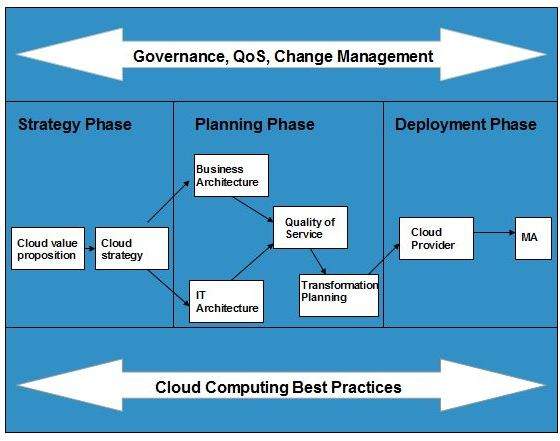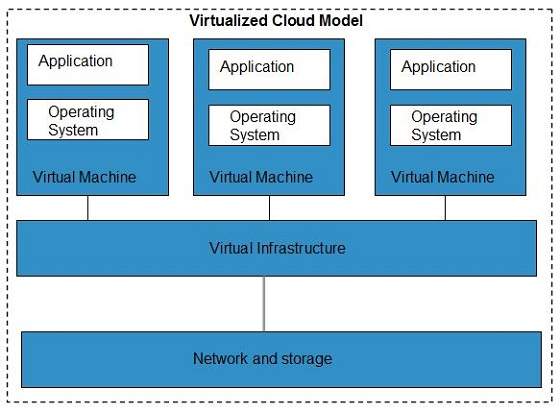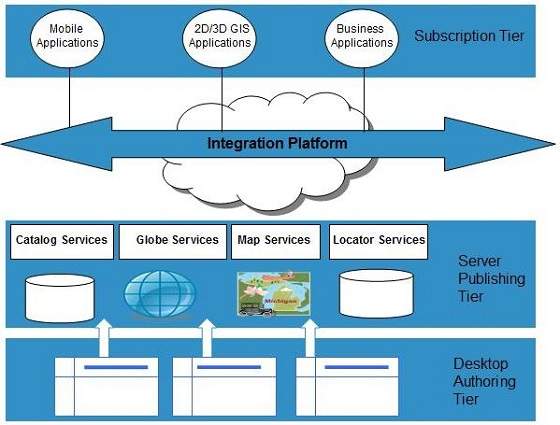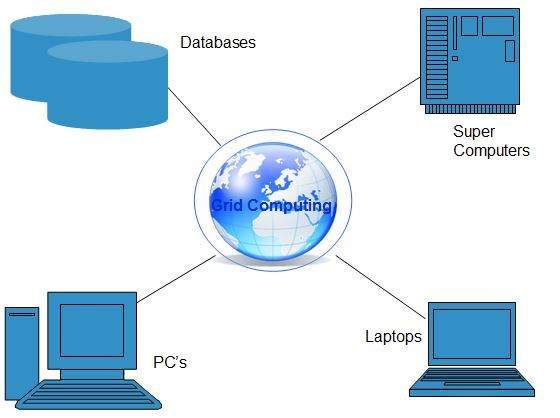Cloud computing different issues phases and model.
In order to deploying applications to cloud, it is necessary to consider your business requirements. Following are the issues one must consider:
- Data Security and Privacy Requirement
- Budget Requirements
- Type of cloud – public, private or hybrid
- Data backup requirements
- Training requirements
- Dashboard and reporting requirements
- Client access requirements
- Data export requirements
To meet all of these requirements, it is necessary to have well-compiled planning. Each of these planning phases are described in the following diagram:

Strategy Phase
In this phase, we analyze the strategy problems that customer might face. There are two steps to perform this analysis:
- Cloud Computing Value Proposition
- Cloud Computing Strategy Planning
Cloud Computing Value Proposition
Here, we analyze the factors influencing the customers when applying cloud computing mode and target the key problems they wish to solve. These key factors are:
- IT management simplification
- operation and maintenance cost reduction
- business mode innovation
- low cost outsourcing hosting
- high service quality outsourcing hosting.
All of the above analysis helps in decision making for future development.
Cloud Computing Strategy Planning
The strategy establishment is based on the analysis result of the above step. In this step, a strategy document is prepared according to the conditions a customer might face when applying cloud computing mode.
Planning Phase
This step performs analysis of problems and risks in the cloud application to ensure the customers that the cloud computing is successfully meeting their business goals. This phase involves the following planning steps:
- Business Architecture Development
- IT Architecture development
- Requirements on Quality of Service Development
- Transformation Plan development
Business Architecture Development
In this step, we recognize the risks that might be caused by cloud computing application from a business perspective.
IT Architecture Development
In this step, we identify the applications that support the business processes and the technologies required to support enterprise applications and data systems.
Requirements on Quality of Service Development
Quality of service refers to the non-functional requirements such as reliability, security, disaster recovery, etc. The success of applying cloud computing mode depends on these non-functional factors.
Transformation Plan Development
In this step, we formulate all kinds of plans that are required to transform current business to cloud computing modes.
Deployment Phase
This phase focuses on both of the above two phases. It involves the following two steps:
- Selecting Cloud Computing Provider
- Maintenance and Technical Service
Selecting Cloud Computing Provider
This step includes selecting a cloud provider on basis of Service Level Agreement (SLA), which defines the level of service the provider will meet.
Maintenance and Technical Service
Maintenance and Technical services are provided by the cloud provider. They need to ensure the quality of services. There are certain technologies working behind the cloud computing platforms making cloud computing flexible, reliable, and usable. These technologies are listed below:
- Virtualization
- Service-Oriented Architecture (SOA)
- Grid Computing
- Utility Computing
Virtualization
Virtualization is a technique, which allows to share single physical instance of an application or resource among multiple organizations or tenants (customers). It does this by assigning a logical name to a physical resource and providing a pointer to that physical resource when demanded.

The Multitenant architecture offers virtual isolation among the multiple tenants. Hence, the organizations can use and customize their application as though they each have their instances running.
Service-Oriented Architecture (SOA)
Service-Oriented Architecture helps to use applications as a service for other applications regardless the type of vendor, product or technology. Therefore, it is possible to exchange the data between applications of different vendors without additional programming or making changes to services.
The cloud computing service oriented architecture is shown in the diagram below.

Grid Computing
Grid Computing refers to distributed computing, in which a group of computers from multiple locations are connected with each other to achieve a common objective. These computer resources are heterogeneous and geographically dispersed. Grid Computing breaks complex task into smaller pieces, which are distributed to CPUs that reside within the grid.

Utility Computing
Utility computing is based on Pay-per-Use model. It offers computational resources on demand as a metered service. Cloud computing, grid computing, and managed IT services are based on the concept of utility computing.

0 Comments